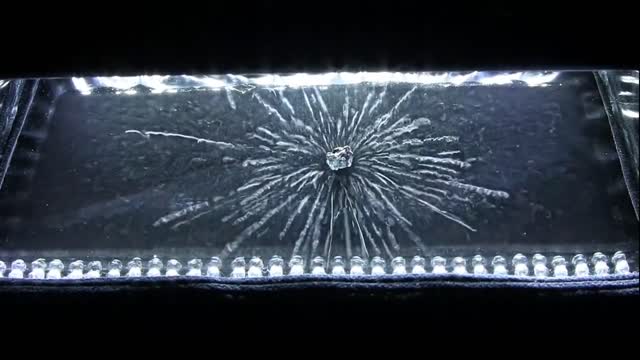Premium Only Content

What is a rare isotope?
It takes incredibly high amounts of energy to produce most isotopes. In nature, heavy rare isotopes are produced during the cataclysmic deaths of massive stars called supernovas or during the merging of two neutron stars.
To the naked eye, two isotopes of any element look and behave the same way – all isotopes of the element mercury would look just like the liquid metal used in old thermometers. However, because the nuclei of isotopes of the same element have different numbers of neutrons, they differ in how long they live, what type of radioactivity they emit and in many other ways.
For example, some isotopes are stable and do not decay or emit radiation, so they are common in the universe. Other isotopes of the very same element can be radioactive so they inevitably decay away as they turn into other elements. Since radioactive isotopes disappear over time, they are relatively rarer.
Not all decay happens at the same rate though. Some radioactive elements – like potassium-40 – emit particles through decay at such a low rate that a small amount of the isotope can last for billions of years. Other, more highly radioactive isotopes like magnesium-38 exist for only a fraction of a second before decaying away into other elements. Short-lived isotopes, by definition, do not survive long and are rare in the universe. So if you want to study them, you have to make them yourself.
-
 LIVE
LIVE
MissesMaam
2 hours ago*RTMP Test* Chill n' Chat 💚✨
134 watching -
 5:23
5:23
Talk Nerdy Sports - The Ultimate Sports Betting Podcast
2 hours ago5/3/25 - Winners, Not Wokeness: Game 7 Bets the Media Won’t Show You 🧠🔥
11.3K1 -
 LIVE
LIVE
ttvglamourx
2 hours ago $0.24 earnedLAST STREAM IN CALIFORNIA !DISCORD
150 watching -
 LIVE
LIVE
MrR4ger
6 hours agoMIDNIGHT R4GE - ARC RAIDERS **RTMP DIRECT FEATURE BETA TEST**
97 watching -
 3:05:27
3:05:27
smay2010
5 hours ago🌸🌸🌸Saturday Animal Crossing Stream🌸🌸🌸
20.7K3 -
 2:11:28
2:11:28
Rotella Games
5 hours agoFamily Friendly Saturday Morning Fortnite
17.4K3 -
 14:38
14:38
LFA TV
1 day agoMORE JUDGE ARRESTS COMING!
15.2K22 -
 58:43
58:43
Trumpet Daily
1 day ago $5.30 earnedD.C. Is Addicted to Debt - Trumpet Daily | May 2, 2025
13.4K5 -
 2:18
2:18
Memology 101
3 hours ago $2.21 earnedCNN host FORCED to CUT TO COMMERCIALS as panel devolves into RACE WAR over deportation of illegals
12.8K24 -
 1:19:21
1:19:21
The Bryce Eddy Show
18 hours ago $0.27 earnedIdaho Rep. Ileana Ruble: Can We Still Fix America?
7.38K2